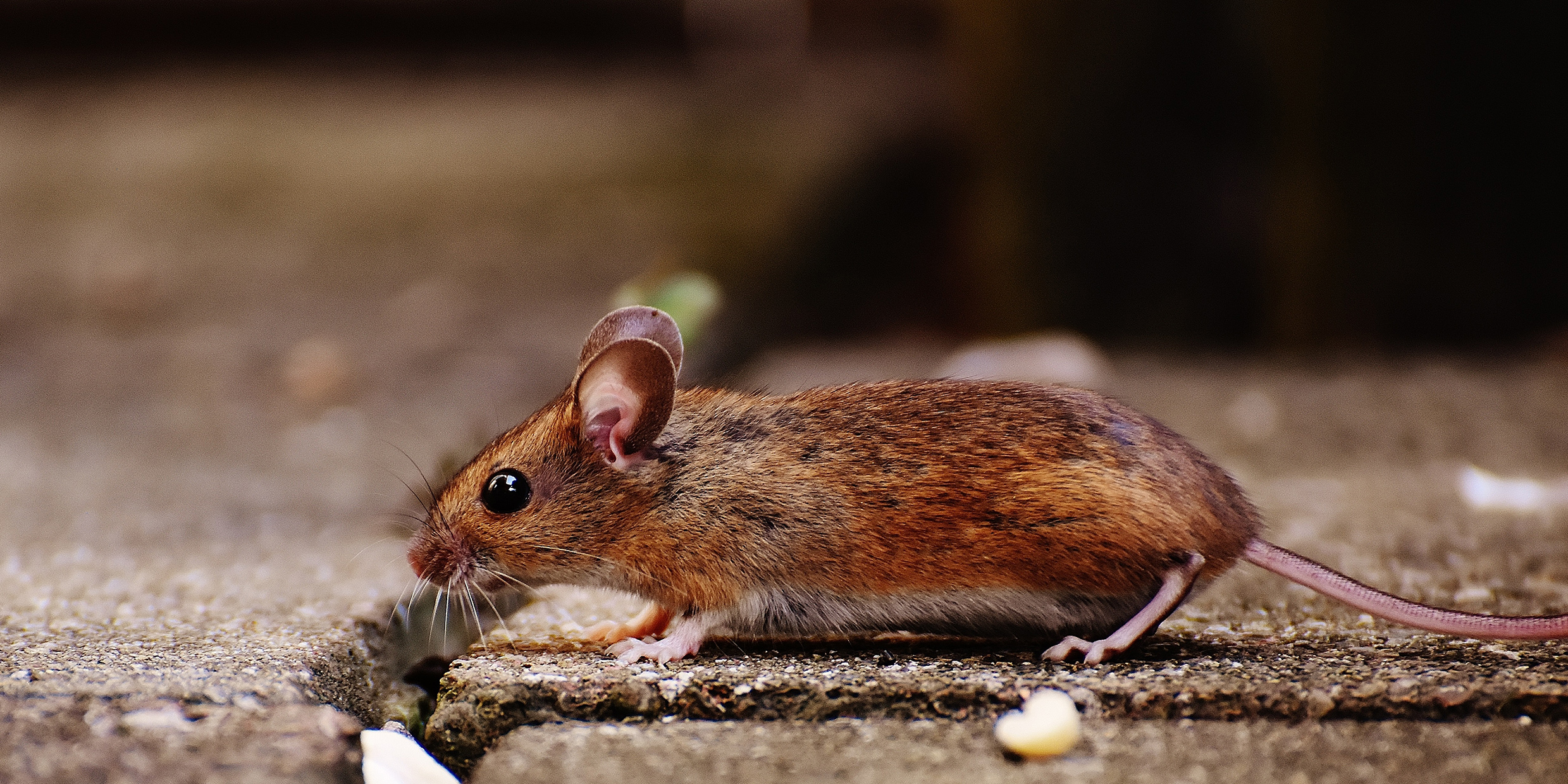Originally published 20 September 1999
(With apologies to E. B. White.)
When Mrs. Little’s adopted son arrived at the family home in New York City, everybody noticed that he was not much bigger than a mouse. The truth of the matter is, he was a mouse. Mrs. Little named him Stuart and Mr. Little made him a tiny bed out of four clothespins and a cigarette box.
Stuart was no ordinary mouse. He was adopted from the laboratory of Professor Joe Tsien across the river at Princeton University. Professor Tsien and colleagues from MIT and Washington University had reared Stuart as one of a special strain of genetically engineered mice. Stuart was smarter than the mice that lived in Mrs. Stuart’s pantry.
What the scientists did is this: They added extra copies of a special gene to normal mouse embryos. This gene, called NR2B, helps make a protein that controls the flow of chemical signals between neurons in the brain. Extra proteins make it easier for the brain to store memories. The genetically modified mice learn faster and remember better than ordinary mice.
Stuart Little looked like an ordinary mouse in almost every respect. He was about two inches high, and he had a mouse’s sharp nose, a mouse’s tail, and a mouse’s whiskers. But he lacked the pleasant, shy manner of a mouse. He was, in fact, inordinately fond of reminding everyone that he was “more intelligent” than ordinary mice.
“My goodness,” said Mrs. Little. “Little Stuart is certainly precocious. Now, if only we can teach him to make his bed and hang his clothes up on his chair.”
Of course, Stuart knew very well how to make his bed and hang up his clothes. He was, after all, no ordinary rodent. But he was also smart enough to know that he could get away with leaving his sheets rumpled and his clothes heaped on the floor. “Genetically-enhanced mice can’t be bothered,” he thought smugly to himself.
The home of the Little family was a pleasant place near a park on the Upper Eastside. Mr. and Mrs. Little were quite wealthy, which is why they could afford to adopt such a special mouse. Genetically engineered mice don’t come cheap.
“Perhaps someday everyone will have memory-enhanced children,” said Mr. Little to Mrs. Little. “But we are the first in our neighborhood,” he added with some pride. He imagined that someday Stuart might go to Princeton or MIT or Washington University.
“But I do wish Stuart would perform his chores,” said Mrs. Little wistfully.
Mrs. Little owned a white cat named Snowbell. Snowbell was just an ordinary cat without any expensive engineered genes. Like most ordinary cats, he liked to laze in the sun and chase mice.
“What a dull animal you are,” said Stuart to Snowbell. “Did I tell you about my NR2B? The synapses in my brain are those of a mouse half my age. Why, I can run a maze in half the time it takes those silly mice in the pantry.”
“Oh God,” thought Snowbell. “A gene bore.” He opened his big feline mouth and showed two rows of gleaming white teeth, sharp as needles.
“Very nice,” said Stuart, with obvious sarcasm. “But who needs big sharp teeth when they have extra NR2B genes. Have you ever heard of a protein called NMDA, which acts as a switch in the brain for memory formation? No? I thought not. Well, let me tell you, my brain may not be much larger than your teeth, but it’s positively swimming with NMDA.”
“Memory is not the same thing as intelligence,” growled Snowbell through gleaming teeth. “A computer has lots of memory, but I’ve never seen a computer that can move about the room to find a warm place in the sun.”
“Bosh,” sniffed Stuart. “What do cats know?” With a twitch of his nose and a haughty huff he marched off to nap in his rumpled bed.
That afternoon a pretty little hen-bird, brown, with a streak of yellow on her breast, showed up on Mrs. Little’s windowsill. She might have been a vireo or maybe a wren, but she came to stay. She hopped into Stuart’s room where he was lying in bed.
“Hello,” said Stuart when he saw the bird. “I am Stuart, a genetically-engineered mouse, and I have the memory of a mouse half my age. Who are you? Where did you come from?”
“My name is Margalo,” said the bird, softly in a musical voice. “I come from fields once tall with wheat, from pastures deep in fern and thistle; I come from vales of meadowsweet, and I love to whistle.”
Stuart sat bolt upright in bed. “Say that again,” he whispered.
“I come from fields once tall with wheat, from pastures deep in fern and thistle; I come from vales of meadowsweet, and I love to whistle,” chirped Margalo.
Stuart didn’t need a brain full of NMDA to recognize that this pretty hen-bird, brown, with yellow-streaked breast and perfectly normal hen-bird genes was cleverer by far than he. “Perhaps true intelligence is more than souped-up synapses,” he mused despondently. He pulled the bedclothes over his head and stayed in bed until a week from Thursday.



